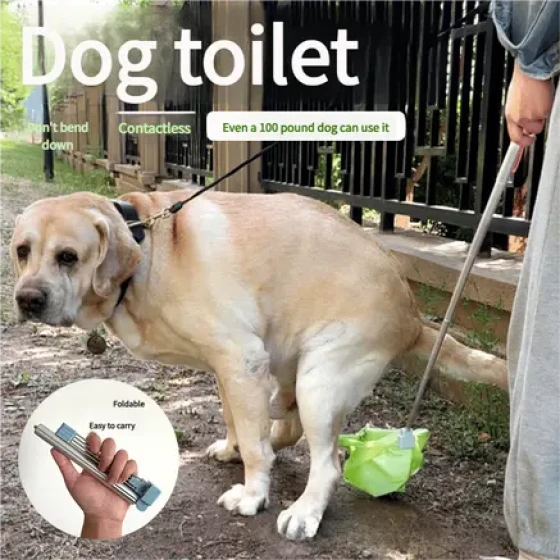Training Methods of Teddy Dogs

For Teddy dogs, methodical training is different from unmethodical training. With methodical training, results can be achieved with half the effort; without methods, training will be laborious but yield little gain. What training methods are there for Teddy dogs?
Main training methods:
(1) Using the freedom reflex: When a dog is confined for a long time without freedom of movement, it usually shows a strong desire to get out of the kennel. Therefore, before releasing the dog, use the barking command and hand gestures to instruct the dog to bark. If the dog barks, then release it as a reward.
(2) Using the defensive reflex: When a Teddy dog barks upon noticing strangers or other dogs approaching in the kennel, the trainer can promptly give commands and hand signals to order the dog to bark and reward it. The dog can also be led to the trainer’s side, while an assistant slowly approaches from a distance to tease the dog. When the dog shows attention or alertness, the trainer points to the assistant with the right hand and issues the "bark" command to excite the dog. When the dog barks or starts barking, immediately use the "good" command and pet the dog as a reward. The assistant stops teasing or hides to reinforce this. After several repetitions, a basic conditioned reflex is formed; later, teasing by the assistant can be gradually reduced and eventually omitted, with barking elicited only by commands and gestures. This method is effective for dogs with a dominant active defense response but should not be overused to avoid developing a bad habit of indiscriminate barking at people.
(3) Using the retrieving reflex: For dogs excited by carrying objects, the quickest training method is to use their retrieving desire. After attracting the dog's attention with an object, use the barking command or hand signal. If the dog barks, reward it with the object; if the dog is excited but only paws without barking, immediately tether the dog to a fixed object while still teasing and commanding it to bark. If the dog barks, immediately return to reward it. Using attachment behavior: take the dog to an unfamiliar and quiet place, secure it to a sturdy object. The trainer first excites the dog, then leaves to a certain distance, calling the dog's name as they go. Seeing the trainer leave and hearing its name, the dog becomes anxious and barks. At this moment, the trainer immediately commands and signals the dog to bark, then runs to the dog and gives pets and food rewards. After two or three rounds, the dog is released to roam. Subsequent training gradually shortens the leaving distance until the dog barks on command without the trainer leaving.
(4) Using the food appetite reflex: Before feeding or when the dog is hungry, the trainer holds a food bowl or food outside the kennel to lure the dog. The dog, eager to get food, becomes very excited. At this time, give commands and gestures while teasing the dog with food in front of it, encouraging it to vocalize and bark. Early on, any barking behavior should be immediately rewarded with a small amount of food. Feed a little, then ask the dog to bark again, rewarding after barking. Repeat this five or six times. This is effective for dogs with a dominant food response. Later, reduce food luring until it is completely eliminated, frequently changing training locations so the dog barks solely based on commands and gestures.
(5) Using attachment behavior: Take the dog to an unfamiliar and quiet place, tie it to a sturdy object. The trainer first excites the dog, then promptly leaves to a certain distance while calling the dog's name. Seeing the trainer leave and hearing its name, the dog becomes anxious and barks. The trainer immediately uses commands and gestures to prompt barking, then runs up to the dog to pet and reward it with food. After two or three such trainings, let the dog roam. Future training shortens the leave distance until the dog reliably barks without the trainer leaving.
To avoid picky eating issues in Teddy dogs, train pets from an early age to develop stable eating habits. Feeding frequency is recommended as four times a day before three months old, three times a day from three to eight months, then twice a day after eight months. If you don’t want the pet to be interested only in tasty food, establish kibble as the sole regular meal from puppyhood. During mealtime, train the dog to focus on eating by setting a 30-minute limit. If not finished, remove the kibble until the next mealtime. Avoid fostering bad habits where the dog eats whenever it wants or waits to eat later. (Source: PetsZone)





